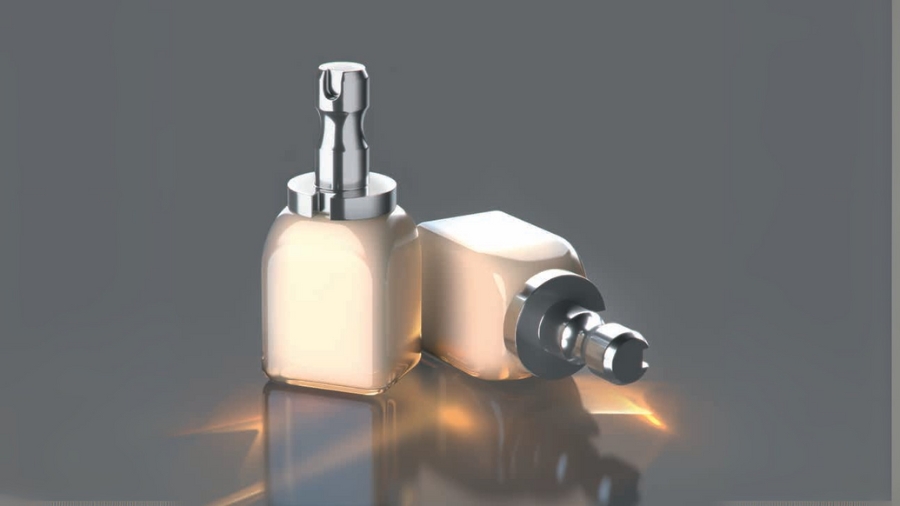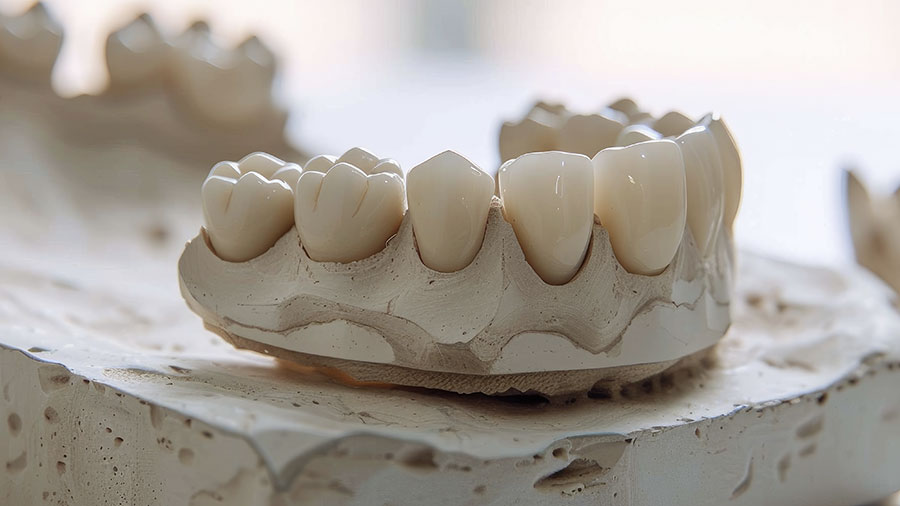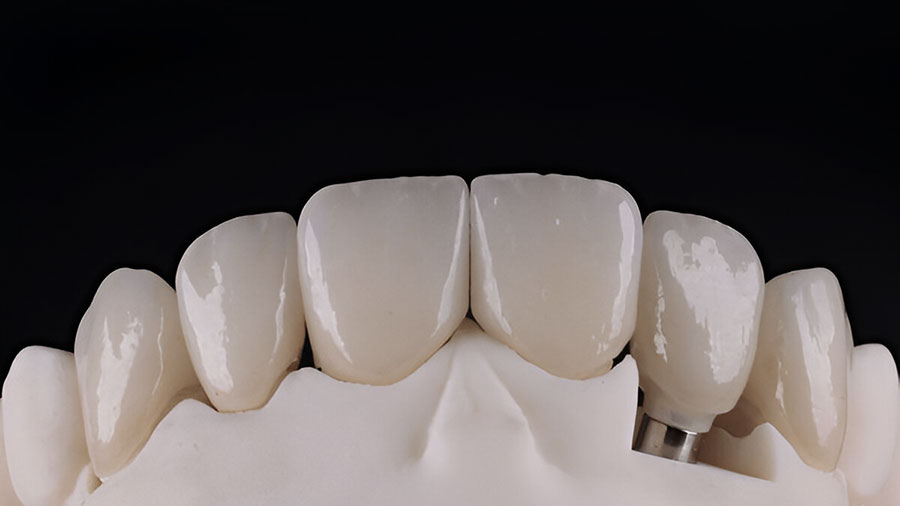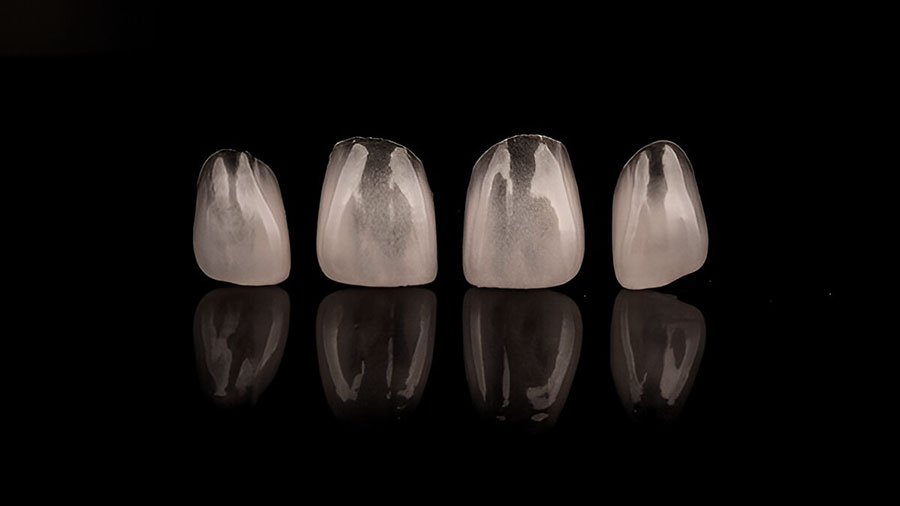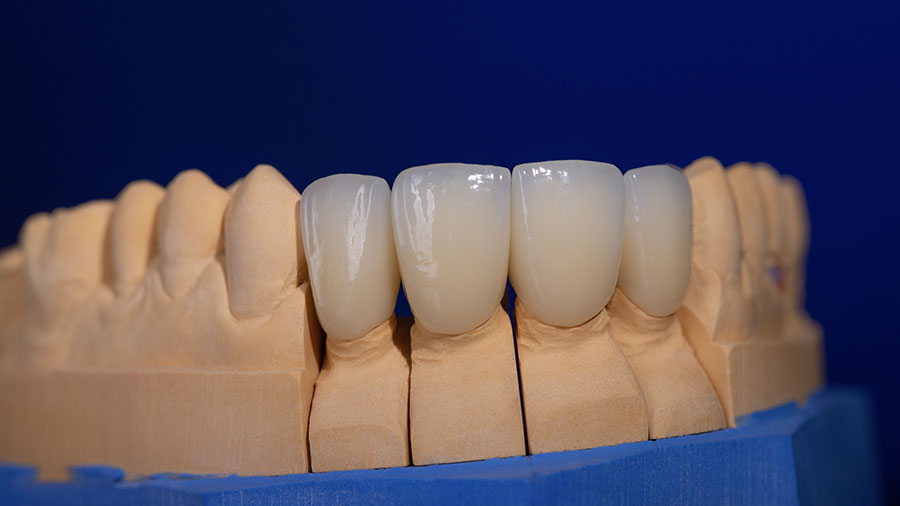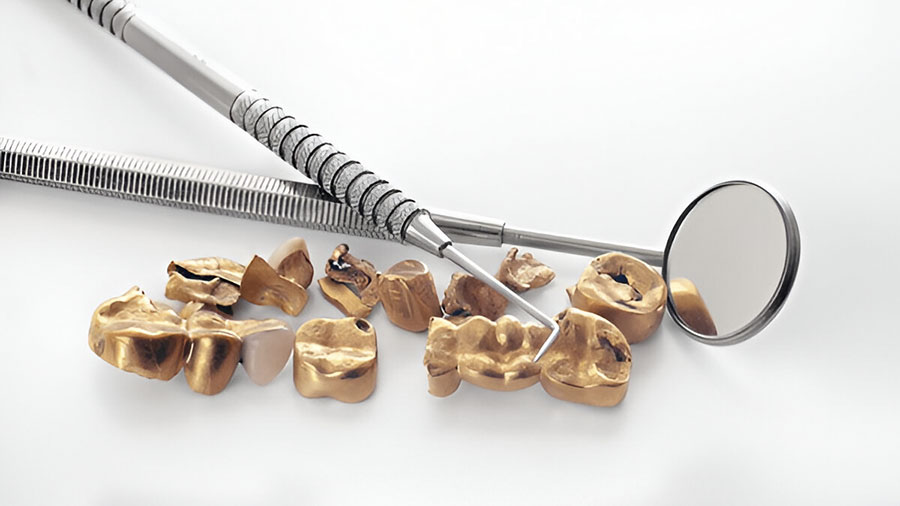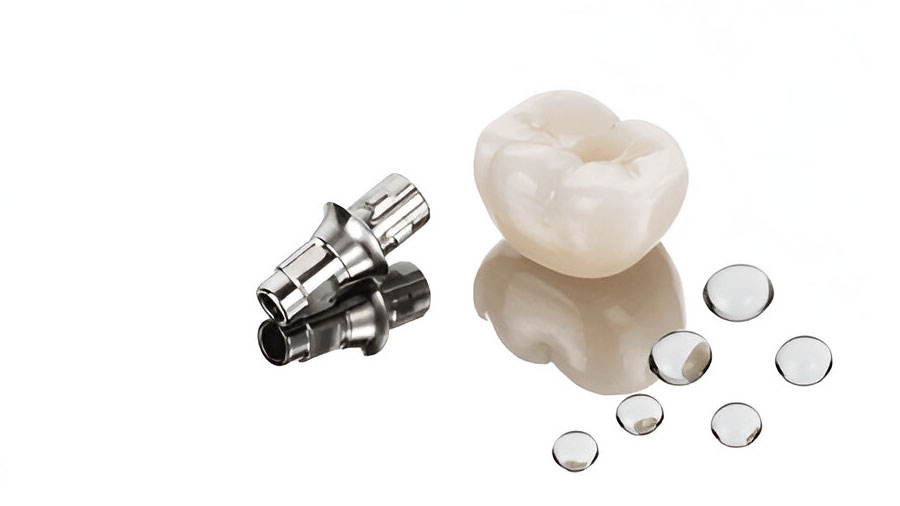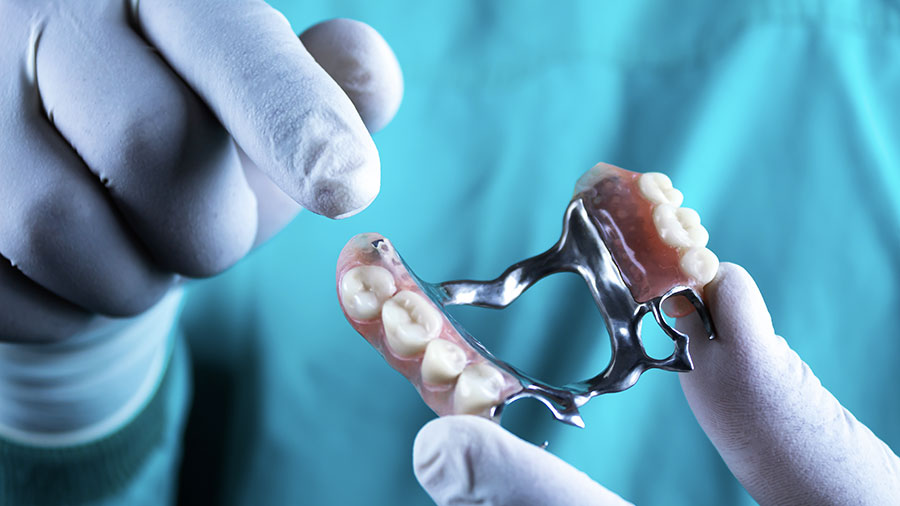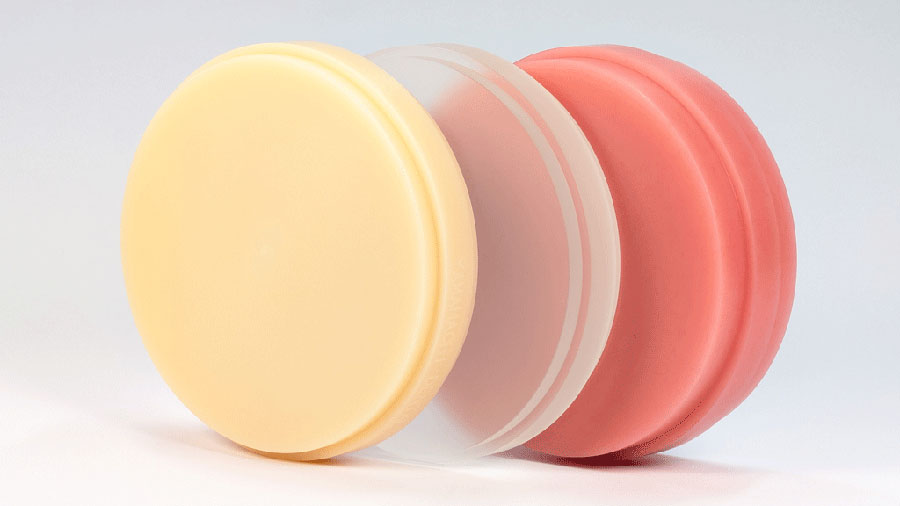Zirconia-Reinforced Lithium Silicate (ZLS) Ceramics: Material Overview
Zirconia-reinforced lithium silicate (ZLS) ceramics represent a significant advancement in dental material science, merging the best features of glass-ceramics and high-strength oxide ceramics. Commercially introduced as Celtra Duo (Dentsply Sirona) and VITA Suprinity (VITA Zahnfabrik), ZLS bridges the gap between traditional lithium disilicate and zirconia, offering clinicians a material with ...
Jul
The Science And Art Of Leucite-Reinforced Ceramics In Dental Restorations
Leucite-reinforced glass-ceramics (LRGC) represent a foundational advancement in the evolution of metal-free dental restorations, offering a unique balance of aesthetic excellence and moderate strength. Since the introduction of IPS Empress in the 1990s, these materials have enabled clinicians to deliver highly aesthetic, pressable, all-ceramic alternatives to traditional metal-ceramic crowns...
Jul
Lithium Disilicate (E.max) In Dental Ceramic Frameworks: A Comprehensive Analysis
Lithium disilicate (Li₂Si₂O₅) has emerged as a transformative material in restorative dentistry, offering an exceptional blend of strength, aesthetics, and versatility. The IPS e.max system, developed by Ivoclar Vivadent, is widely recognized as the gold standard for all-ceramic restorations.
Jul
Glass-Ceramics In Dentistry: A Complete Guide To Aesthetic And Durable Restorations
Glass-ceramics represent a revolutionary category of dental restorative materials, combining the aesthetic properties of glass with the mechanical strength of ceramics through controlled crystallization processes. These materials have significantly advanced modern dentistry, offering superior aesthetics, biocompatibility, and adequate mechanical properties for a wide range of clinical applications
Jul
Ceramic Frameworks In Dentistry: A Comprehensive Overview
Ceramic frameworks represent a transformative advancement in restorative dentistry, offering exceptional aesthetics, biocompatibility, and durability. These materials have evolved to meet diverse clinical demands, providing solutions for both functional and aesthetic challenges.
Jul
Overview Of Metal-Based Frameworks In Dental Prosthetics
Metal-based frameworks are essential in dentistry, providing structural support for removable partial dentures, implant-supported restorations, and fixed dental prostheses. The three primary materials used for these frameworks are Cobalt-Chromium (Co-Cr) alloys, Titanium (Ti) and its alloys, and Precious Metal alloys.
Jul
Precious Metal Alloys In Dental Frameworks
Precious metal alloys have been a cornerstone in modern dentistry, particularly in metal-based frameworks. Their exceptional properties, biocompatibility, and clinical performance make them an enduring choice for dental practices worldwide.
Jul
Titanium: The Future Of Dental Frameworks
Titanium (Ti) has revolutionized the dental industry with its exceptional properties, making it a top choice for metal-based frameworks. Its lightweight nature, superior biocompatibility, and corrosion resistance have set a new standard for dental prostheses.
Jul
Unveiling Cobalt-Chromium: The Backbone Of Modern Dental Frameworks
Cobalt-Chromium (Co-Cr) alloys are among the most widely used materials in dentistry for metal-based frameworks. Known for their excellent mechanical properties, corrosion resistance, and cost-effectiveness, Co-Cr alloys are integral to the fabrication of fixed and removable dental prostheses.
Jul
Framework Materials In Dentistry: A Comprehensive Overview
Framework materials are the backbone of modern dental restorations, playing a crucial role in ensuring the strength, durability, aesthetics, and biocompatibility of dental prosthetics. With advancements in technology, the choice of framework materials has expanded significantly, allowing dental professionals to tailor solutions to meet specific clinical and patient needs.
Jul
PMMA In Dentistry: Strength, Aesthetics, And Biocompatibility
Polymethyl Methacrylate (PMMA) is a widely used material in dentistry, particularly for removable dentures, temporary restorations, and implant provisionals. With advancements in digital workflows, PMMA has evolved to offer improved strength, aesthetics, and biocompatibility.
Jul
PMMA In Digital Dentistry: CAD/CAM Workflows And Temporary Restorations
Polymethyl Methacrylate (PMMA) has transformed modern dental workflows, particularly in the realm of digital dentistry. As a cornerstone material for temporary restorations, PMMA’s compatibility with CAD/CAM systems has made it indispensable for dental laboratories and clinics striving for efficiency, precision, and patient satisfaction.
Jul






